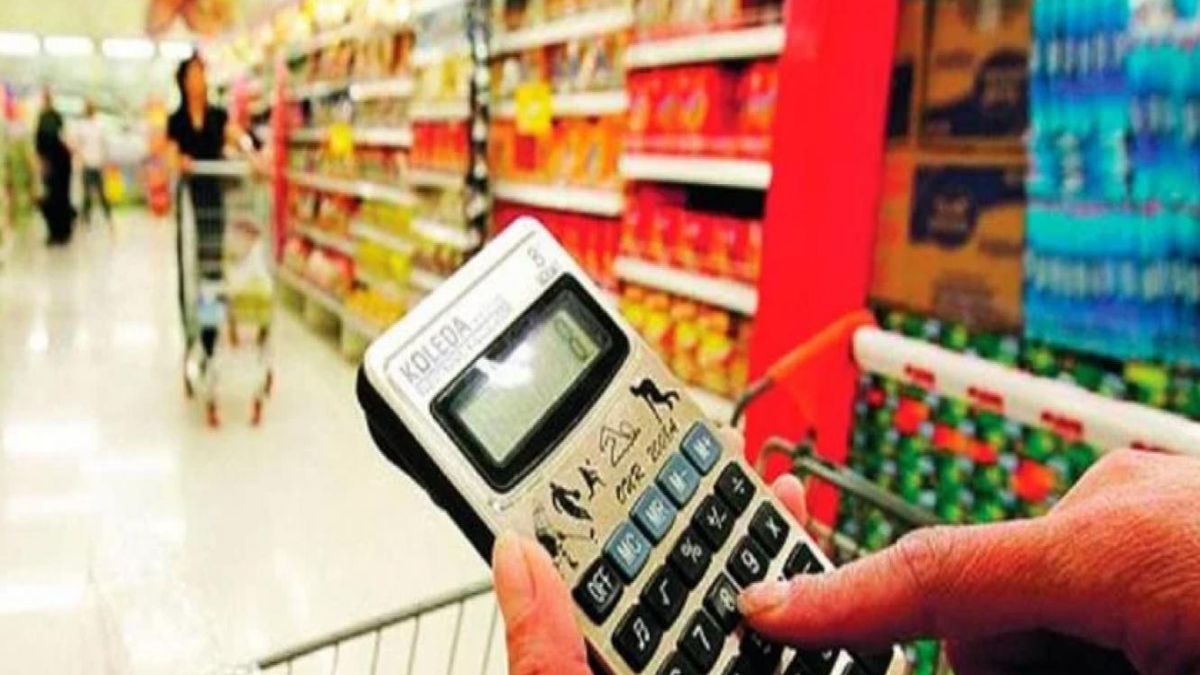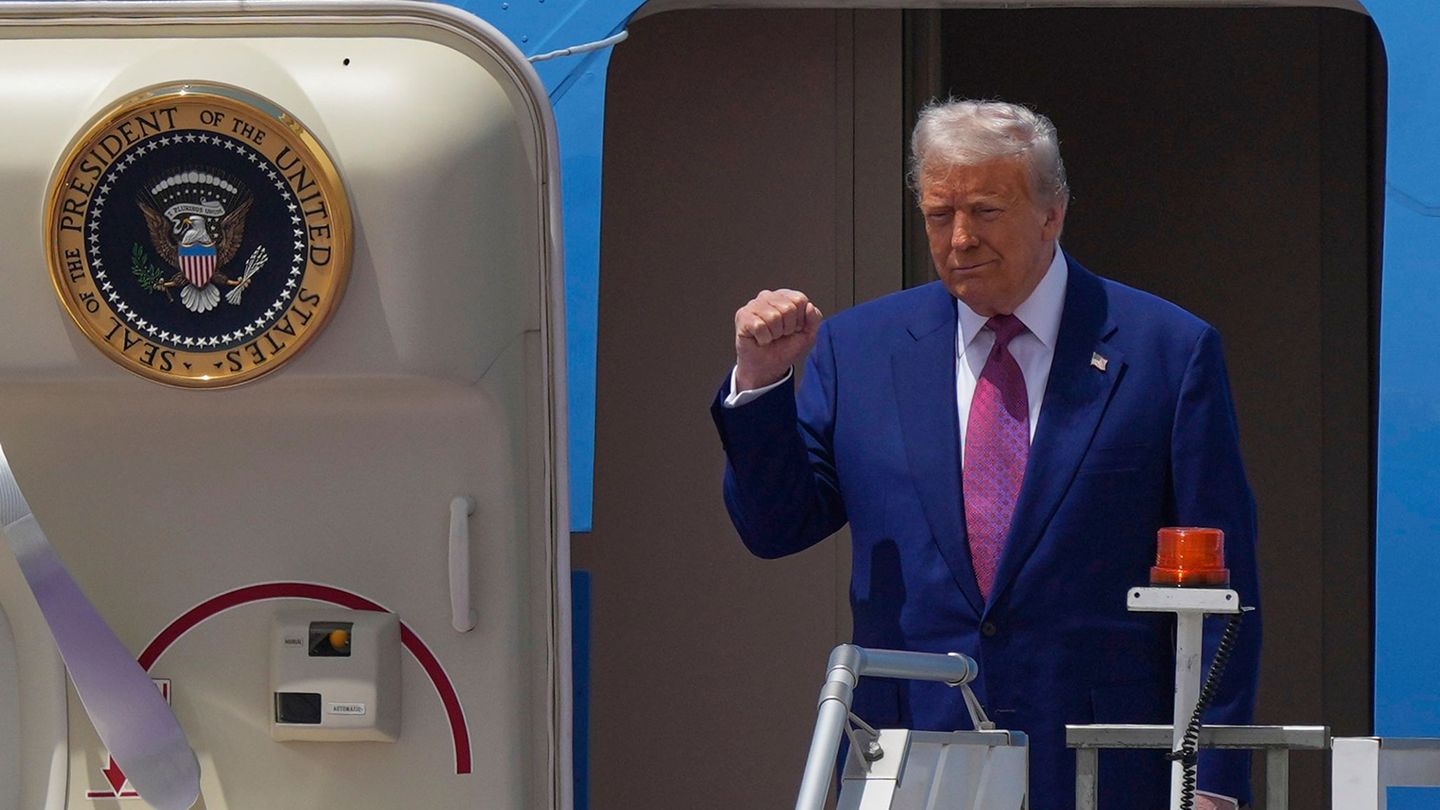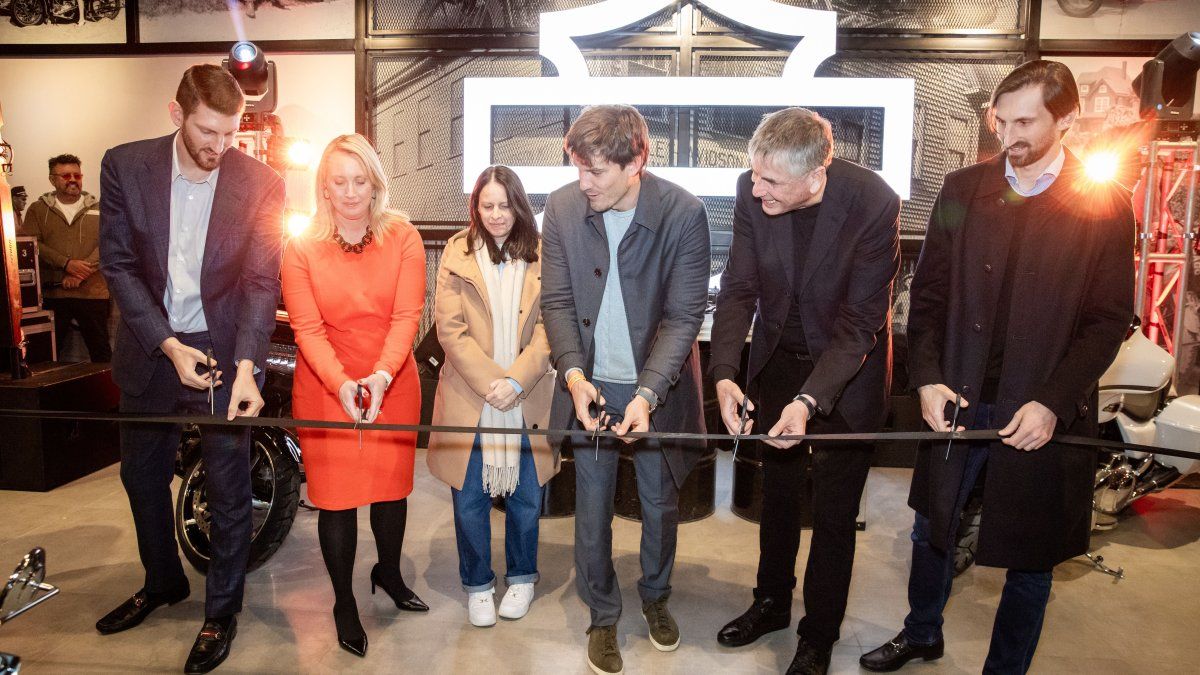The price gap between Uruguay and Argentina increased again for the second consecutive measurement, and reached a difference of 80% in July between one side and the other of the River of the Silver. If we look at the May figures, the country’s prices rose by 21% in a scenario in which the lower consumption deviation is beginning to be positively felt in the local economy.
He Border Price Indicator (BPI) Prepared bi-monthly by the Salto Economic Observatory of the Catholic University of Uruguay (UCU)which he accessed Ambit, recorded a strong rise in the price gap between both Rioplatense countries, the second since Javier Milei He is the Argentine president. Although it is still far from its historic record of 180% recorded in September 2023, this increase raises alarm bells for new impacts on trade and consumption within the national territory; especially after three consecutive reductions were recorded following the devaluation and high inflation in the neighboring country.
According to the report, purchasing the basket considered for comparison is 44% cheaper in Concordia (Entre Rios), regarding Leap. In contrast, and from the perspective of Entre Ríos, the indicator showed that the Uruguayan border city is 80% more expensive than its Argentine neighbor.
IPF evolution july.png
The price gap between Uruguay and Argentina increased by 21% in two months.
Salto Economic Observatory (UCU)
One of the main reasons for this deepening of the price gap is the increase in the parallel dollar or Dolar blue in Argentina, which remained on a relative plateau until early May, and in July experienced a significant rise that in turn widened the gap with the official dollar. On the other hand, the exchange rate in Uruguay rose 4.26% from May to July. Inflation, meanwhile, rose faster in the neighboring country than in the local economy.
According to data from the Salto Economic Observatory and the analysis of the economists who prepared the report, Maria Jose Medin and Gimena Abreu, “The widening of the price gap in July 2024 compared to May 2024 can be explained by the increase in the exchange rate in Argentina, which was 27%.”
How did the price gap evolve in each category?
In the category Food and Non-Alcoholic Beverageswhich has the greatest weight in the basket of products and services prepared by the UCU to prepare the IPF, the gap increased from 59% to 73% in July, with most goods being more expensive in Uruguay, with the exception of rice. Furthermore, 53% of products are between 50% and 100% more expensive on this side of the border, and 20% have a difference of 100% or more.
For its part, Alcoholic Beverages and Cigarettes It was one of the categories that presented the greatest difference between Salto and Concordia: 108%, only surpassed by Meals Away From Homewhich reached 156%. Although in both cases the price gap is structural, it rose by 18% since the last measurement in the first case, while in the second, it widened by 21%.
While, Domestic products continued to show a wide price difference, standing at 97%, and a strong increase of 32% in just two months, ranking as the segment with the highest bi-monthly increase. Miscellaneous Goods and Servicesthe gap was 98.5% in July.
Clothing and Footwearalso, had a rise of 16%, significant if one considers that it went from a difference of 8% to 32% between May and July. And Transport and Fuels went on to have a gap of 56%, with the important gap of 157% in gasoline if the impact of the Specific Internal Tax (Imesi).
Source: Ambito




